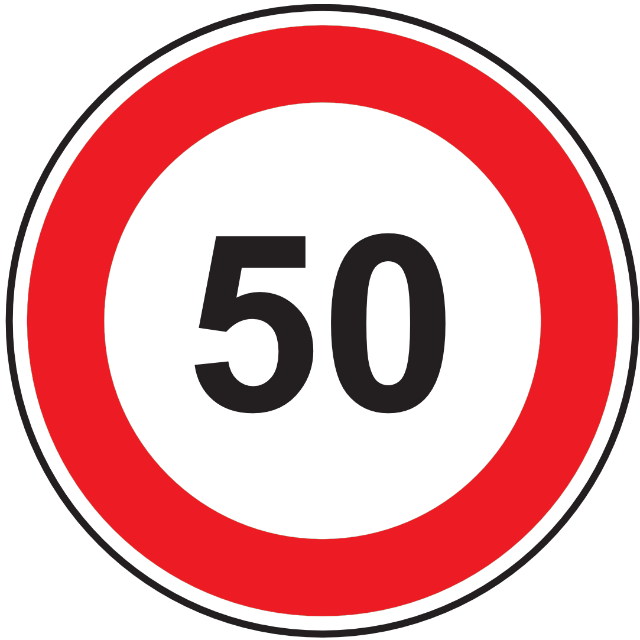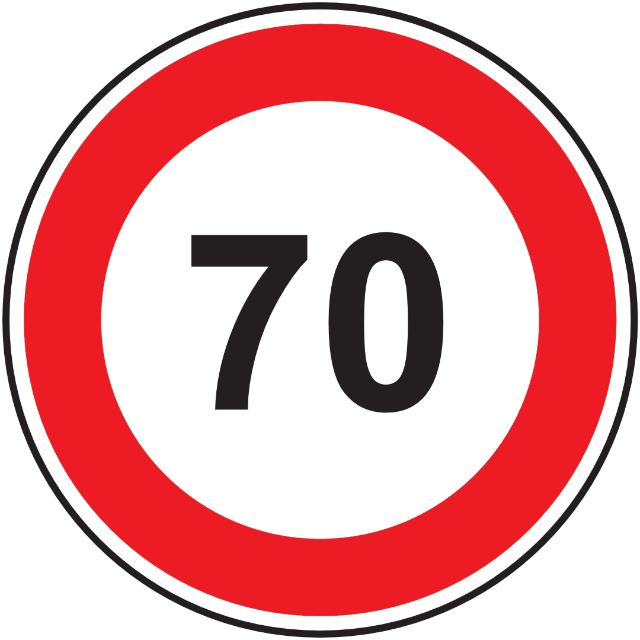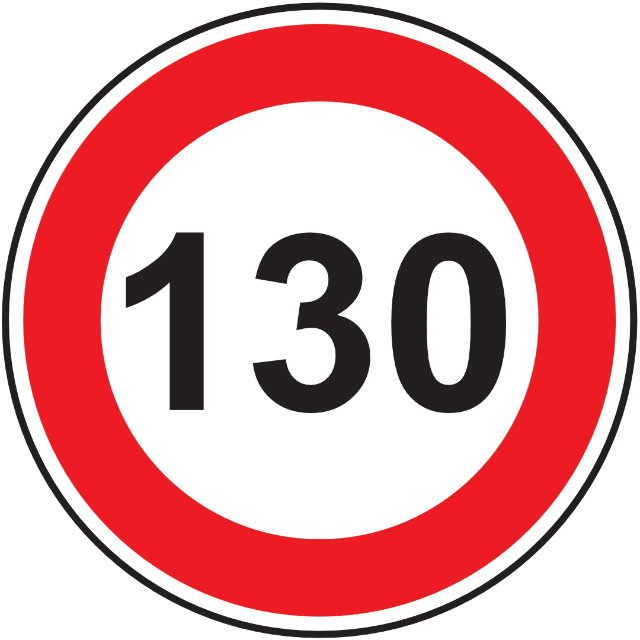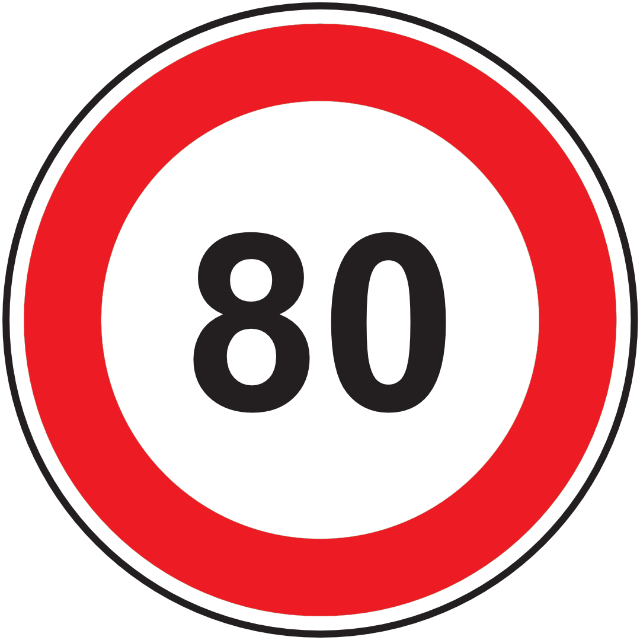Which rule are you interested in?
- Seat belts
- Traffic lights
- Speed limits
- Alcohol limits
- Influence of drugs
- Forbidden lane
- Safety helmet
- Mobile telephone
- Other specific rules
The use of seat belts and child restraint systems is MANDATORY (Directive 91/671/EEC as amended). Exemptions for:
|
Green arrow beside the red light: you may turn right, but before entering the intersection, you have to stop before the "Stop" line and you must give way to pedestrians and other traffic. |
Motorcycles
Vehicles below 3.5 t
Standard speed limits (unless otherwise stated by traffic signs) [km/h]
 | Urban roads |
  | Non-urban roads
|
  | Motorways/expressways
|
Passenger cars & vans
Vehicles below 3.5 t
Standard speed limits (unless otherwise stated by traffic signs) [km/h]
 | Urban roads |
  | Non-urban roads
|
  | Motorways/expressways
|
Passenger cars & vans with trailers
Vehicles below 3.5 t
Standard speed limits (unless otherwise stated by traffic signs) [km/h]
 | Urban roads |
  | Non-urban roads
|
 | Motorways/expressways |
Heavy goods vehicles
over 3.5 t
Standard speed limits (unless otherwise stated by traffic signs) [km/h]
 | Urban roads |
  | Non-urban roads
|
 | Motorways/expressways |
Buses
Standard speed limits (unless otherwise stated by traffic signs) [km/h]
 | Urban roads |
  | Non-urban roads
|
  | Motorways/expressways
|
General
 | 20 km/h in residential areas, yards of apartment buildings and parking lots |
 | 30 km/h in bicycle streets |
| 0,4 g/l Standard drivers | |
| 0,0 g/l Novice drivers (less than 2 years' driving experience) and moped, motorcycle, tricycle, all kind of quadricycle drivers | |
| 0,0 g/l Professional drivers (vehicles weighing more than 3.5 tonnes or with more than 9 seats, taxi drivers, drivers of vehicles transporting dangerous goods) |
It shall be forbidden to drive a motor vehicle, a tractor, a self-propelled machine for persons who are under the influence of alcohol, narcotic, psychotropic or other psychoactive substances. Forbidden drugsTHC (cannabis) Methylamphetamine MDMA (ecstasy) |
Reserved lanes (“A” lane) may be used only by public transport services. Reserved lanes (“A+” lane) may be used only by public transport services, bicycles, mopeds, light quadricycles and vehicles for the disabled persons (under certain conditions). If marked with the word “TAKSI”, the lane may also be used by taxis. If marked with the symbol “4+”, the lane may also be used by cars carrying four or more persons. If marked with the symbol for electrical vehicles, the lane may also be used by electrical vehicles. If marked with the motorcycle symbol, the lane may also be used by motorcycles. |
| Bicycles, micromobility devices (Mandatory for riders under 18, recommended for others) | |
| Mopeds (Does not apply to mopeds equipped by the manufacturer with a safety roll cage roof and safety belt system) | |
| Motorcycles with/without a sidecar(Does not apply to motorcycles equipped by the manufacturer with a safety roll cage roof and safety belt system) | |
| Light and heavy tricycles (Does not apply to light and heavy tricycles equipped by the manufacturer with a safety roll cage roof and safety belt system) | |
| For all types of quadricycles (Does not apply to all types of quadricycles equipped by the manufacturer with a safety roll cage roof and safety belt system) |
 | Drivers may not use their mobile phone without a hand-free set |
 | Drivers may use their mobile phone with a hand-free set and a mobile phone holder |
| Daytime running lights are mandatory even during daylight hours | |
| Safety equipment for carsFire-extinguisher Emergency triangle First-aid kit Reflective vest or reflector | |
| Mandatory use of winter / M+S tyresFrom 10 November until 31 March | |
| Safety equipment for cyclistsHelmet Cyclists and passengers under 18 must wear a securely fastened cycle helmet. Cyclists over 18 are recommended to wear a securely fastened cycle helmet. During the hours of darkness, or when visibility is poor, road cyclists must switch on their white front lights and red rear lights and must wear a reflective vest. During the day, road cyclists must wear red, orange or yellow reflective vests or switch on their white front lights and red rear lights. | |
 | PedestriansPedestrians can be fined EUR 10-12 if caught using mobile devices while crossing the street. In addition, at pedestrian crossings motorists are required to stop not only for pedestrians already crossing, but also for those waiting to cross. |
Disclaimer
This content on road safety and traffic rules is provided by the national authorities according to Article 8(1) of Directive (EU) 2015/413/EU. The European Commission does not assume liability for this content or its accuracy. For the most accurate and up-to-date information check national websites, where you can also find information on other national rules covering time-based charges (vignettes), emission stickers and road tolls.
